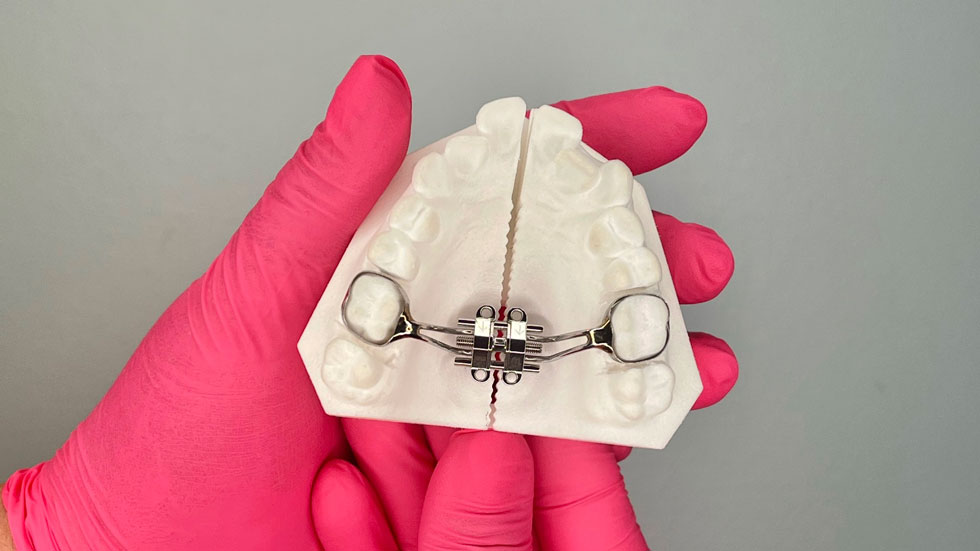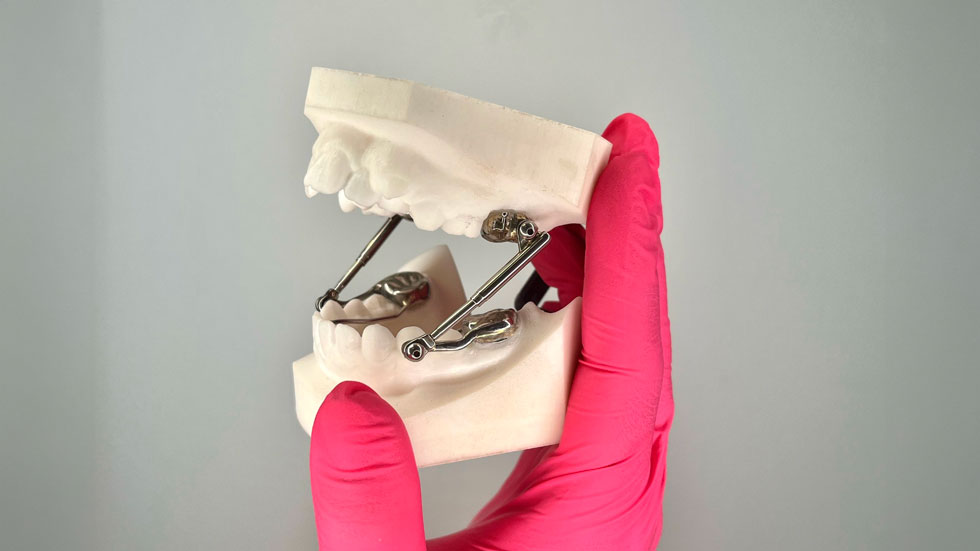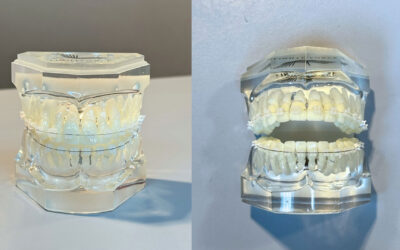Setting the Stage for a Beautiful Smile
Interceptive orthodontics, also known as early orthodontic treatment, is a crucial aspect of dental care for children. It involves beginning orthodontic treatment while a child is still growing and developing, typically around the age of seven. The American Association of Orthodontists recommends this early evaluation, as it allows orthodontists to identify and address potential issues in the development of adult teeth and jaws. By intervening at this early stage, orthodontists can often prevent more severe problems from arising later, making the overall treatment process easier and more effective.
The Basics of Interceptive Orthodontics
Interceptive orthodontic treatment primarily focuses on three key aspects: expanding the jaws, maintaining space for developing adult teeth, and correcting destructive oral habits that compromise healthy oral development. Let’s delve into these fundamental components:
- Expander Therapy: One of the central techniques in interceptive orthodontics is expander therapy. This involves gently widening the upper and lower arches of a child’s mouth. By doing so at an early age, orthodontists can create enough space for adult teeth to grow properly, and prevent the need for more invasive techniques like jaw surgery later in life once the jaw bones are fully formed. This expansion also helps in achieving a functional and balanced bite. A well-aligned bite is essential not only for aesthetics but also for proper chewing and speech.
- Space Maintainers: Another critical aspect of interceptive orthodontics is the use of space maintainers. These devices are employed when a child loses a baby tooth prematurely. Space maintainers prevent adjacent teeth from shifting into the gap left by the missing tooth, ensuring there is enough space for the adult tooth to erupt correctly. This technique helps avoid complications and obstructions that may arise if adult teeth do not have adequate space to come in.
- Correcting Destructive Oral Habits: Many children who receive interceptive orthodontics require the use of appliances to break destructive oral habits such as thumb-sucking and tongue-thrusting which compromise the healthy development of the teeth and upper jaw. Forward pressure from the tongue and active thumb-sucking cause the upper jaw to jut out, creating a crowded, narrow upper arch and protruded front teeth. Orthodontists use appliances like a thumb-sucking crib comprised of smooth wire that obstructs the thumb from comfortably resting on the upper palate. Similarly, a tongue-thrust appliance prevents the tongue from pushing against the front teeth by obstruction using a smooth metal plate. Since it only takes a few weeks to break a habit, these appliances aren’t worn for too long, though each patient is unique.
Common Appliances Used in Interceptive Orthodontics
Interceptive orthodontics makes use of many appliances to achieve the ideal growth and expansion necessary for adult teeth to erupt without complication. Patients typically wear their prescribed appliances for 6-12 months, depending on how deficient their jaws and arches are. Therefore, the more growth and expansion required, the longer the wear time. Once the expansion results are achieved, patients move on to phase two of treatment, also called comprehensive orthodontics, in which orthodontists work to realign the position of all teeth in the entire mouth to create a functional and aesthetically pleasing smile. Below are a few images of common appliances worn during interceptive orthodontics.

Maxillary Skeletal Expander
Also referred to as the MSE, the maxillary skeletal expander works to widen the upper jaw (the maxilla) and creates a broad arch for new adult teeth to erupt freely and without obstruction.

Nance Arch and Lower Lingual Holding Arch
These appliances function as space maintainers and work in a similar fashion. The Nance Arch keeps molars from moving forward and preserves space in the mouth. The Lower Lingual Holding Arch provides the same function but is most used when baby teeth are lost prematurely, or a child’s lower teeth are crowded.

The Herbst Appliance
A Herbst Appliance is designed to correct overbites, a common malocclusion also known as a class 2 bite. It applies gentle backward pressure on the upper jaw while simultaneously encouraging the lower jaw forward until both jaws fit nicely appropriately. This appliance not only improves jaw alignment but aesthetically improves the facial structure significantly.
Preventing Crowded Teeth
One of the most common issues addressed by interceptive orthodontics is crowded teeth. Crowded teeth not only affect the appearance of one’s smile but also pose significant oral health risks. When teeth are overcrowded, plaque and bacteria can accumulate in hard-to-reach areas, making proper brushing and flossing difficult. This buildup can lead to tooth decay and gum disease.
By intervening early and creating space for erupting teeth, interceptive orthodontics can improve comprehensive oral care. It enables children to develop and practice good oral hygiene habits more effectively, reducing the risk of dental problems in the future.
Advantages of Interceptive Orthodontic Treatment
The advantages of interceptive orthodontic treatment extend far beyond oral health. Here are some of the key benefits:
- Creating Room for Erupting Teeth: Interceptive orthodontics ensures that there is sufficient space for adult teeth to grow properly, reducing the likelihood of crowding.
- Facial Symmetry: By influencing jaw growth at an early age, interceptive treatment can help create facial symmetry, leading to a more harmonious appearance.
- Reducing the Risk of Trauma: For children with protruding front teeth, interceptive orthodontics can help minimize the risk of traumatic injuries to these teeth.
- Preserving Space: Space maintainers preserve the space required for unerupted adult teeth, preventing alignment problems and future orthodontic issues.
- Reducing the Need for Tooth Removal: By addressing dental problems early, interceptive treatment can often eliminate the need for tooth extractions later in life.
- Reducing Overall Treatment Time: When interceptive treatment is followed by a second phase of orthodontic treatment during the teenage years, it typically reduces the overall time spent wearing braces.
Interceptive orthodontics plays a pivotal role in ensuring the proper development of a child’s teeth and jaws. By addressing issues early on, orthodontists can create a solid foundation for a beautiful, healthy smile and reduce the need for more extensive and invasive treatments in the future. This proactive approach not only enhances oral health but also contributes to overall well-being and self-confidence. So, if your child is approaching the age of seven, consider scheduling an orthodontic evaluation to explore the benefits of interceptive orthodontics and set them on the path to a lifetime of smiles.




